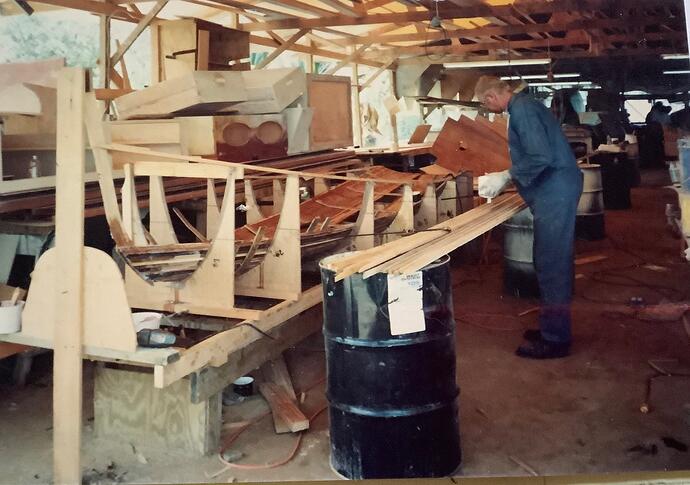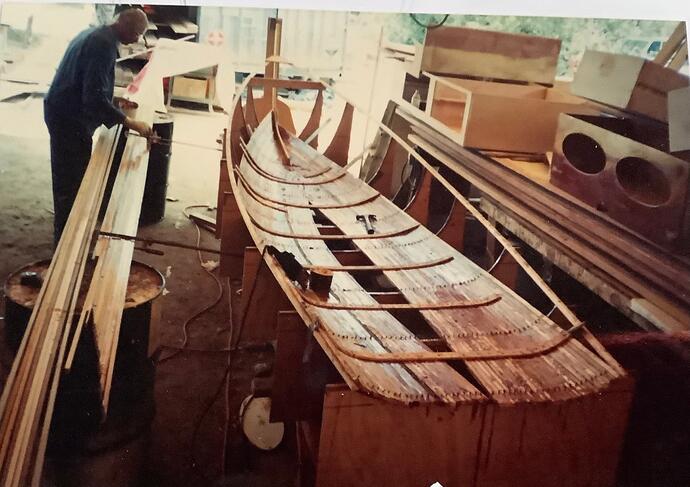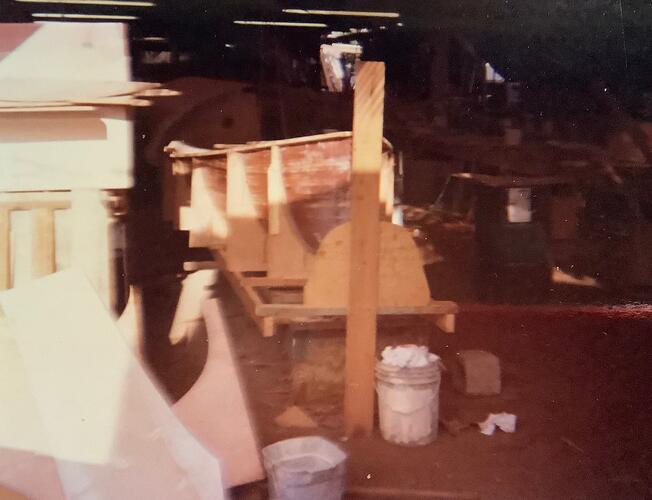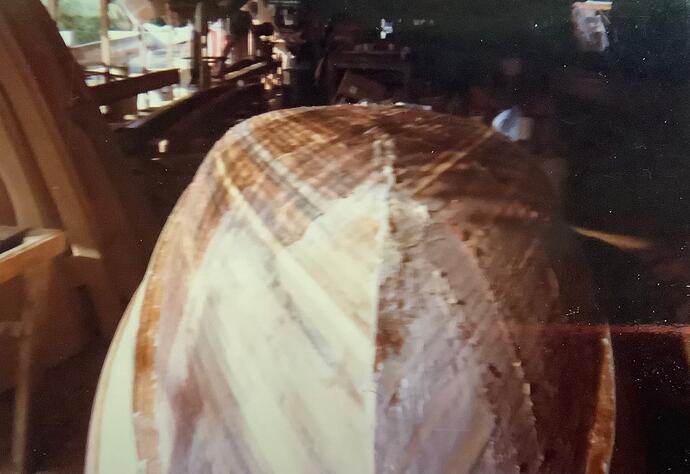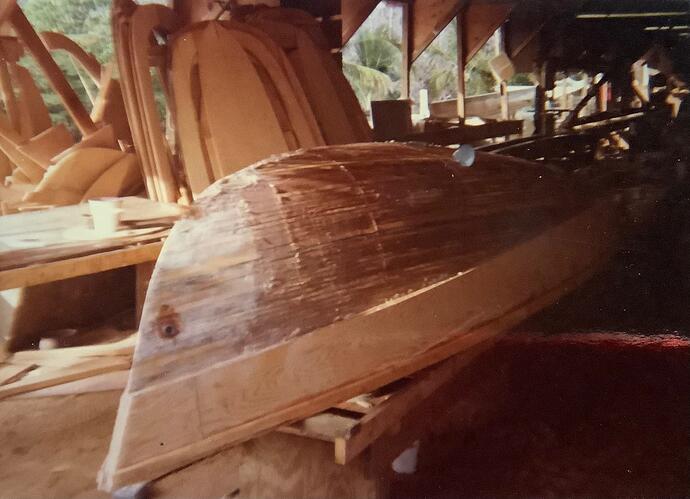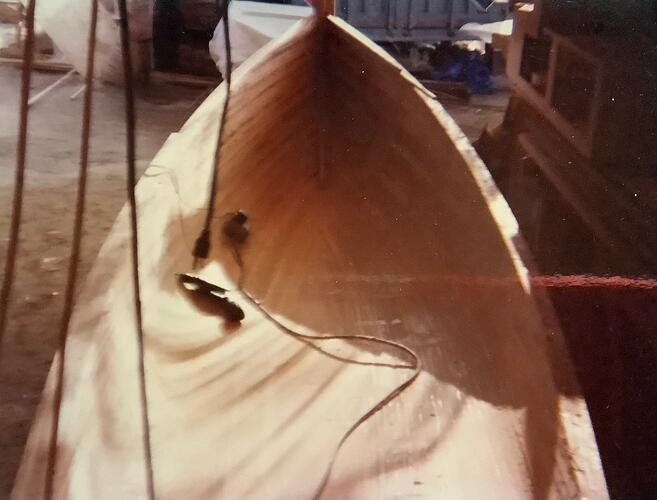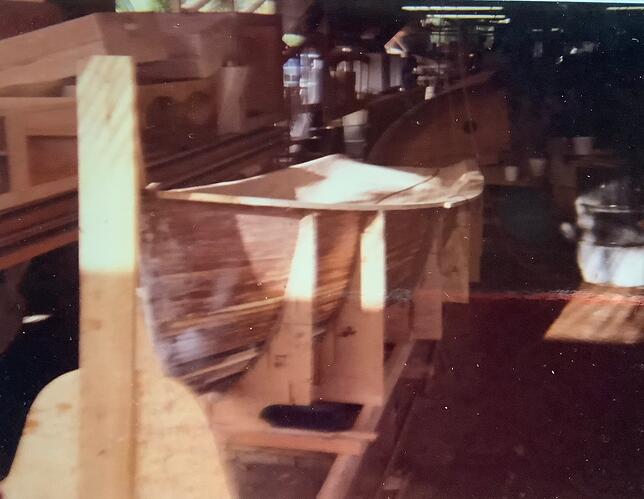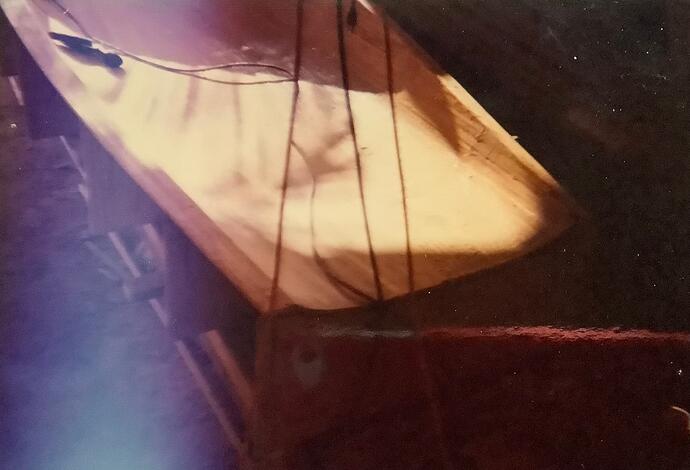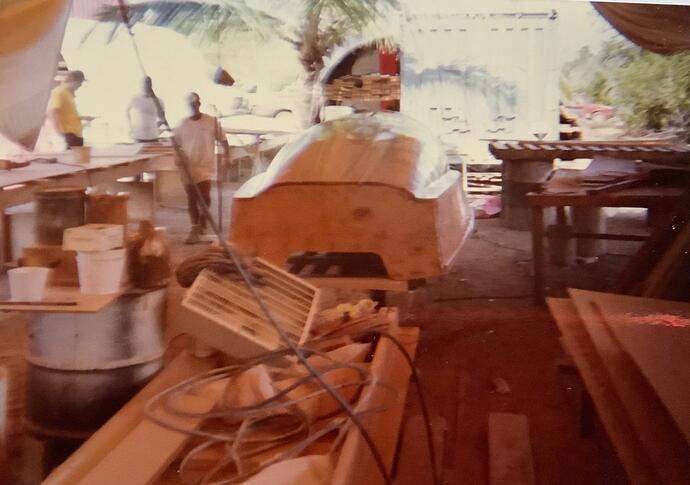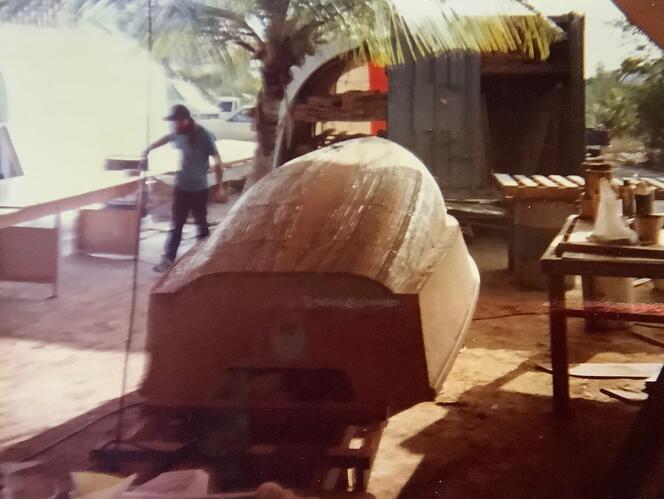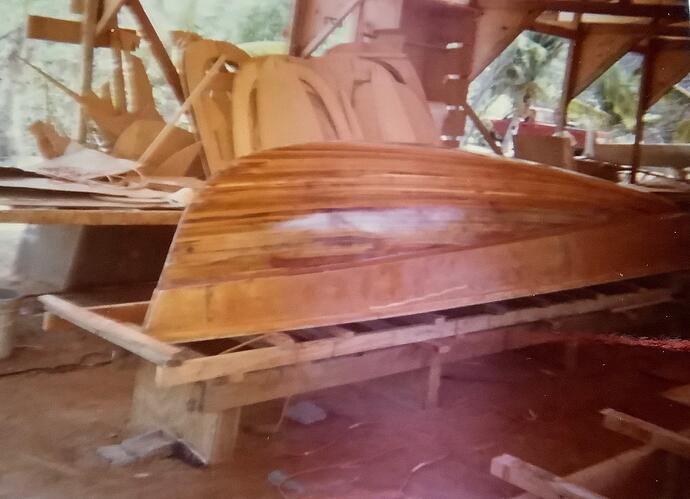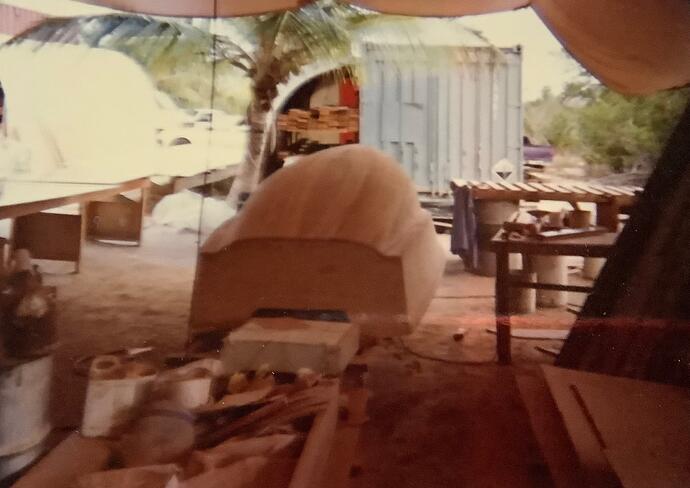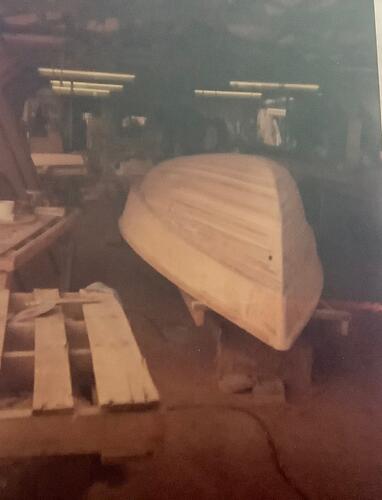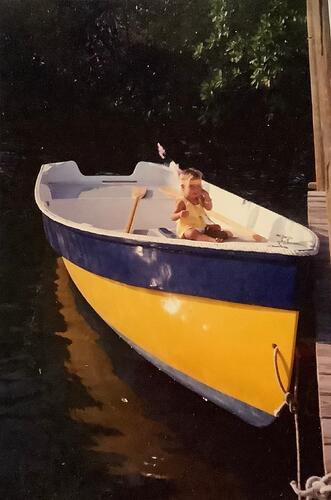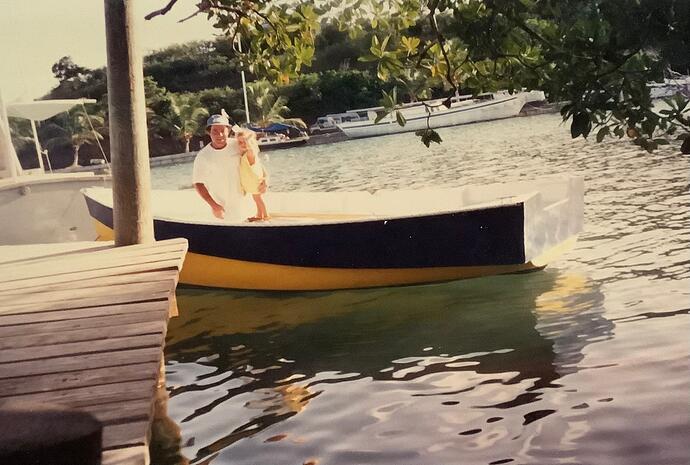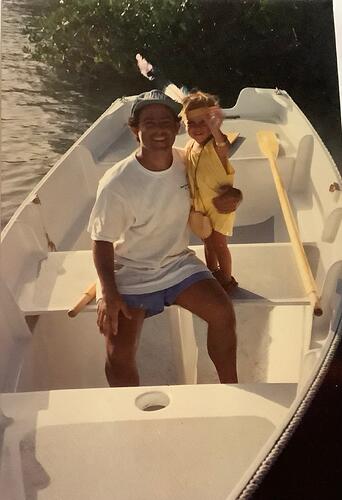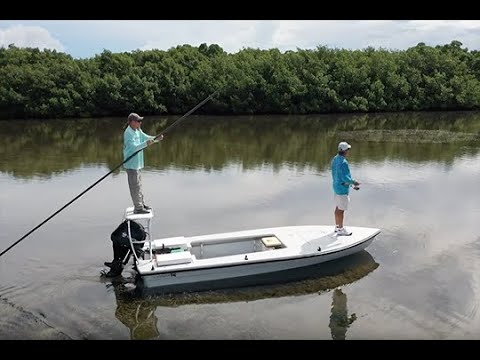33 years ago I was working in the USVI of St. Croix building wood epoxy daysail catamarans for Gold Coast Yachts. Rachel, our young 18 month old daughter Kalessin and I lived aboard our sailboat the 32’yawl Hogfish at anchor in Salt Run. Gold Coasts shop was along the shoreline in Saltrun within the mangroves and coconut trees. Another sailor and his wife Glen and Nancy lived on their wood trimaran with Glen working with me. There were 28 other employees at GC mostly made up of local West Indies mixed islands and guys from the US mainland that had an interest in wooden boatbuilding. Glen and I along with Beech Higgbee were the only sailors there. Ralf in his 80s and his son Larry knew old school building but the rest of the crew were learning. Gold Coasts shop was in need of new employees all the time. They asked me to draw up a 16’ skiff to hold a bunch of young adults that could Sail, row and be motored. The main thing was the design had to incorporate all the building styles and needs at CG that were being used to build their 45-53’ sailing Cats. A shop teacher would be my student to train to build their first hull that he would then teach at school to get the locals ready to work at CG. 90% of the ethnic population was mixed African, Spanish. I can’t remember his name but he learned everything first time. With me lofting and cutting out the hull stations and some parts I would jump in for an hour here and there to explain the strip plank process first, then the fairing out, glass work etc. the hull as seen here with very little of my time was completed in 2-1/2 weeks - 14 working days. I learned a lot about the hull shape I conceived which has guided me since then from the mistakes I made. GC
was very happy though. Here’s some rough photos of the process. My flats skiff designs can all be built in wood epoxy but not using this inverted method. It’s best for open skiff hull interior designs. When strip planking in the inverted stations they hold the strips in place. We would lather 5 planks edges at a time and lay them in place. Then nail using a duplex nails hold the first one in place and just start from the middle outwards. The thin layer of plastic tape 1/4” plywood strips were added after nailing in to screw threw to bring the strips flush and to fair out between the stations big gaps. Planking like this is sticky but it goes real fast. Hull bottom done in a few hours. When cured all the nails and screws are easy to remove. With the big cats we could plank a 45’ hull in a couple days with 4 guys.
So this just shows that there are many ways to go in quick small skiff building.
